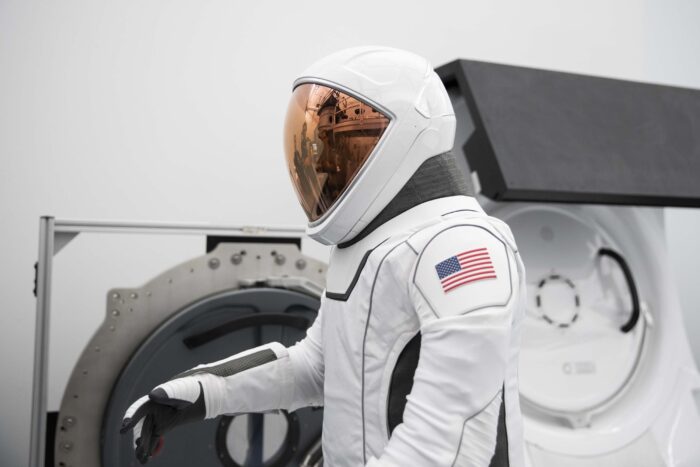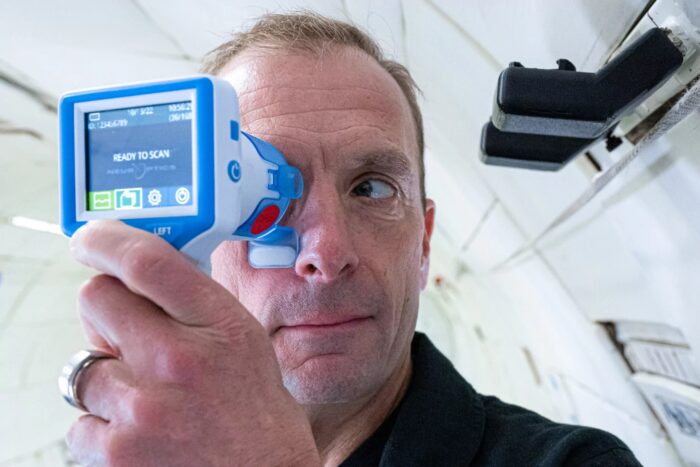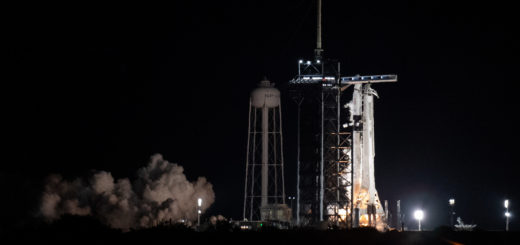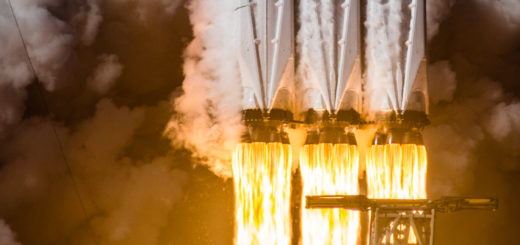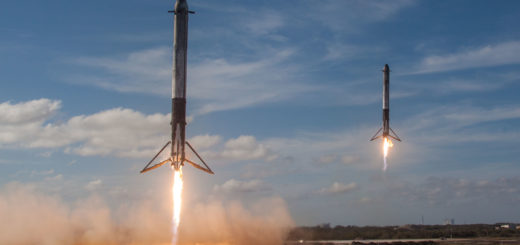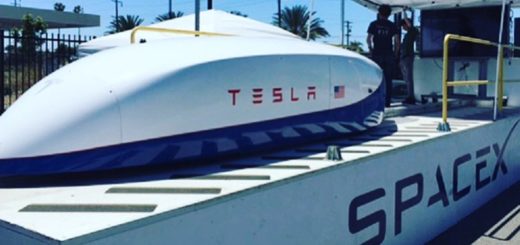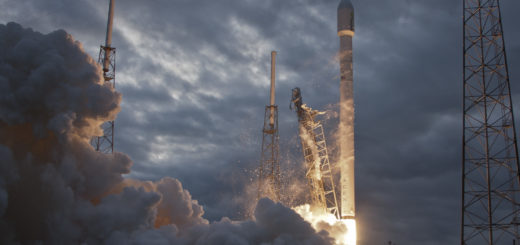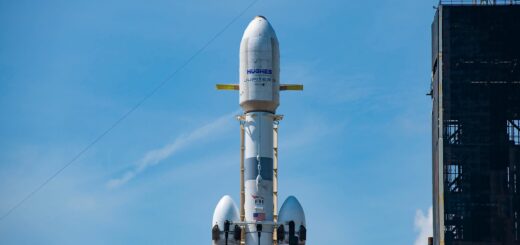SpaceX Unveils Next-Gen Spacesuit for Historic Polaris Dawn Mission
A new SpaceX spacesuit designed for extravehicular activities (EVA) was unveiled to the public and will be tested for the first time on the Polaris Dawn mission led by Jared Isaacman. The mission aims to conduct the first ever EVA by a private astronaut, multiple science experiments and also test connecting to the Starlink satellite network using a laser link. SpaceX has announced many details about the extent of the changes made to the spacesuit and the Crew Dragon spacecraft. Additionally, there will be a charity fundraiser that offers the public a chance to see their photos in space during the Polaris Dawn mission.
Back in February 2022, SpaceX introduced the Polaris program, an ambitious plan for a total of three private crewed spaceflights. The first two are to use the Crew Dragon spacecraft, while the program will culminate in the very first crewed mission of Starship. This program was conceived and funded (at least in part) by the American billionaire and astronaut Jared Isaacman, who undertook his first spaceflight as the commander of the Inspiration4 mission. According to the original plans, the first flight of the Polaris program, named Dawn, was to take place in the second half of 2022. This very early date was later postponed several times, which Isaacman attributed to the development and implementation of new technologies needed for this breakthrough mission. The development of the new spacesuit, which the crew will use for the first ever EVA by a private astronaut, caused the most delays. Now everything is ready, and on May 4, SpaceX finally introduced its new spacesuit.
At first glance, it may seem like the same spacesuit used by regular Crew Dragon crews, but in reality, it has undergone a number of modifications. According to available reports, the design of the joints has been redesigned to remain flexible even when the suit is pressurized. Other modifications include the thermal management and the helmet’s visor, which received an outer coating functioning as a sunshade. The suit also includes a camera and a heads-up display for monitoring important parameters and values.
There is a fundamental difference compared to the EMU spacesuits used by NASA for ISS EVAs – the Polaris Dawn astronauts will not have a portable life support system during the EVA, but will instead be supplied with oxygen and cooling water via hoses connected to the Dragon spacecraft. Isaacman expects that a portable life support system for the SpaceX suit will be developed in the future.
The boots for the SpaceX EVA suit are made from the same thermal material used on the Falcon 9 interstage and the Dragon trunk. As for the suit itself, there are numerous photos and an official video available. Before the suit was presented to the public, several tests had to be conducted, including placing the Crew Dragon spacecraft in a vacuum chamber and depressurizing it with pressurized spacesuits placed in the cabin. Notable Canadian astronaut Chris Hadfield was also interested in the new suits, and Jared Isaacman answered some of his questions on X.
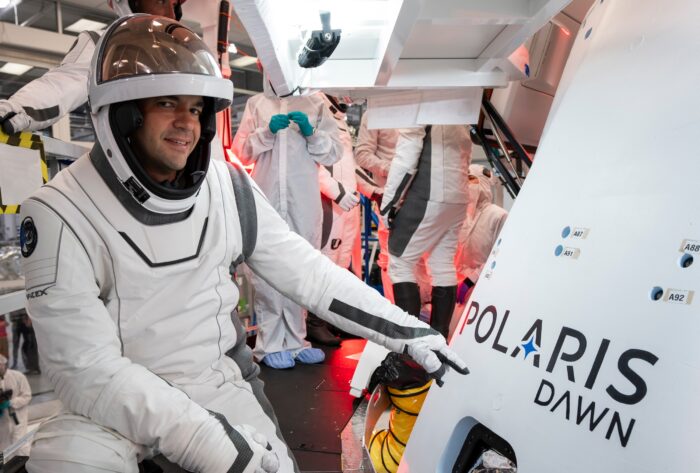
Polaris Dawn mission commander Jared Isaacman in the new EVA suit next to Crew Dragon (Credit: Polaris)
SpaceX also revealed some news about future spacesuit development. The EVA suit is essentially the first functional prototype that the company intends to improve in the future. They plan to proceed in „blocks“, similar to the development of the Falcon 9 rocket. According to Elon Musk, future generations of spacesuits will also be equipped with a backpack maneuvering unit. The company does not plan to operate two different types of suits in the future and aims to merge both types into one. Some of the insights gained during the EVA suit development have actually already been incorporated into the current suits, with the updated design being used on NASA missions since Crew-6 in March 2023.
The Crew Dragon spacecraft also underwent changes in preparation for the Polaris Dawn mission. The first thing removed from the spacecraft with serial number C207.3, meaning it will be launching for the third time, was the transparent viewing dome used on the Inspiration4 mission, which replaced the docking adapter. Instead, a structure called Skywalker was installed with handholds to assist astronauts during the EVA and their return inside the cabin. Since the spacecraft does not have an airlock, the cabin also had to be equipped with a pressurization system to restore the atmosphere after the EVA ends. Some materials in the cabin were also replaced because the original ones could outgas in a vacuum. Some visible changes made to the interior are illustrated in photos published on the NASA Spaceflight forum.
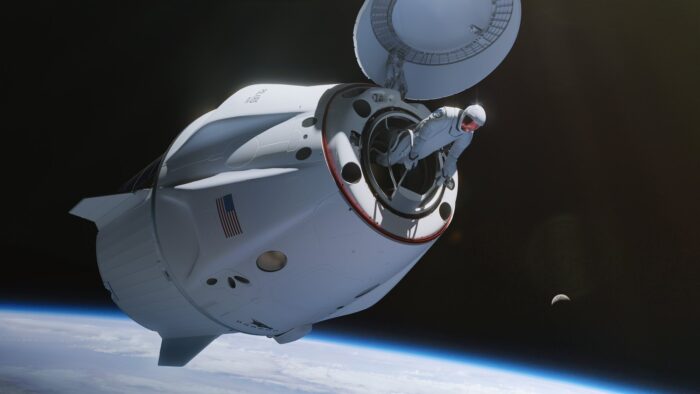
Official rendering of a Polaris Dawn astronaut egressing from Crew Dragon with the help of the the Skywalker attachment (Zdroj: SpaceX)
How will the Polaris Dawn mission go? After launch, the second stage of the Falcon 9 will place the Dragon spacecraft into an elliptical orbit of 190 x 1200 km. Given the chosen trajectory and the high mass of the Crew Dragon (more than 12 tons), the Falcon 9 rocket will be pushed to its limits, but the first stage (potentially B1083.4) should still be able to land. After reaching the target orbit, the Dragon spacecraft will raise its apogee to 1400 km using its own propulsion. The crew will remain on this trajectory for seven orbits, collecting data from a high-radiation environment. Then the apogee will be lowered to 700 km, and the crew will conduct the EVA. It should last approximately two hours from the start of depressurization to the restoration of the atmosphere in the cabin. Jared Isaacman and Sarah Gillis will perform the EVA, testing the new suit’s performance. The other two crew members, Anna Menon and Scott Poteet, will remain in the spacecraft during the EVA. SpaceXs plan to broadcast the entire EVA live.
The crew is expected to spend a total of five days in orbit, conducting about 40 scientific experiments. These include research on space motion sickness and spaceflight-associated neuro-ocular syndrome (SANS), previously known as visual impairment and intracranial pressure syndrome (VIIP). This syndrome affects up to 23% of astronauts on short-duration shuttle missions and up to 48% after ISS missions, with the astronauts reporting reduced near-sighted visual sharpness.
During the Polaris Dawn mission, tests will also be conducted on connecting the Dragon spacecraft to Starlink satellites using lasers.
Similarly the the Inspiration4 mission, Polaris Dawn also includes a charity fundraiser, this time called My Face in Space. Essentially, you donate $19 or $29 to St. Jude Children’s Research Hospital, and your photo will be sent to space on the Dragon spacecraft and may appear during the live broadcast for about 8 to 12 seconds. Depending on the donation amount, the photo will be part of a large or small collage of multiple faces.

An example of a 19-dollar photo collage that would sent to space on Polaris Dawn (Credit: My Face in Space)
According to a schedule published by Jared Isaacman in April, after the EVA spacesuits is unveiled, approximately six weeks of mission simulations would follow. Based on that, the launch might take place in June. According to an email from My Face in Space, the earliest possible launch date is May 31, but SpaceX announced only a more general “early summer” time frame. The company added that Polaris Dawn is currently planned as the next crewed Dragon launch. The next mission after that, Crew-9, is currently scheduled for August.
This article was originally published in Czech by Jiří Hadač and then translated into English.



